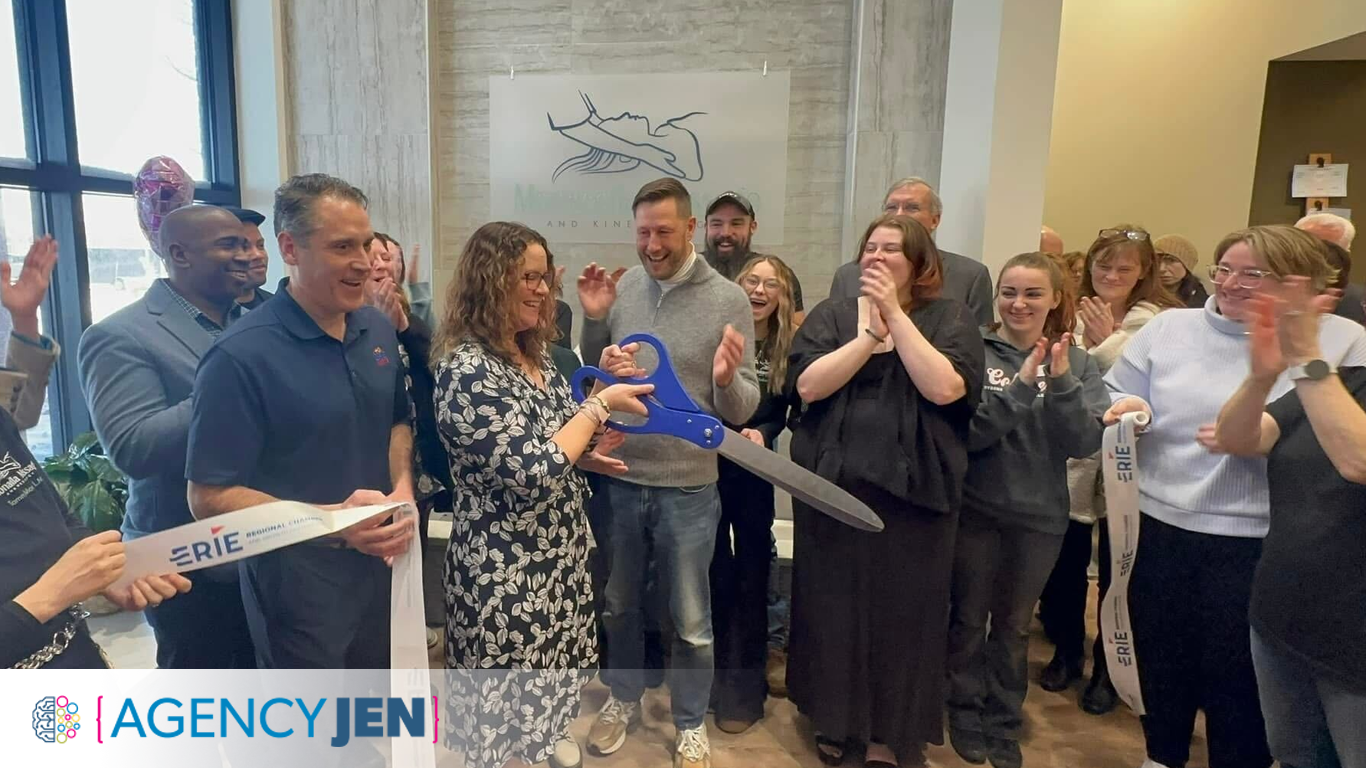Storytelling and Nonprofits
Nonprofits around the world have been doing incredible work, but there’s one thing that many of them struggle with – telling their story. The reality is that nonprofits can only thrive if they can effectively communicate the impact they’re making in their communities. By telling their story, nonprofits can inspire others to join in and support their mission.
In today’s world, nonprofits need more than just a good cause to draw support from donors and volunteers. They also need compelling stories that make people want to be involved. Storytelling is a powerful tool for nonprofits to communicate their mission and inspire action in others.
Firstly, storytelling helps nonprofits create an emotional connection with their audience by showcasing the impact of their work. By sharing real-life examples of how their programs have helped individuals or communities, they can bring their mission to life and demonstrate the significance of what they do. This emotional connection is key to building long-term relationships with donors and volunteers who want to make a difference.
Secondly, effective storytelling can differentiate a nonprofit from its competitors in the crowded market space. With so many organizations competing for attention and resources, it’s important for nonprofits to stand out by highlighting what sets them apart.
Benefits of Storytelling
It’s not enough for nonprofits to simply exist and provide services. They must also communicate their impact and tell their story in order to engage donors, volunteers, and the public. Storytelling is a powerful tool that can help nonprofits connect with their audience on an emotional level.
One of the benefits of storytelling is that it humanizes your organization. By sharing personal stories about the people you serve or the individuals who make up your team, you can show donors and supporters that you are more than just a faceless entity. They can see firsthand how your work makes a difference in people’s lives.
Another benefit of storytelling is that it helps build trust with your audience. When you share stories about challenges you’ve faced or mistakes you’ve made, it shows that your organization is transparent and willing to admit its shortcomings.
Tools and Resources
One way to tell a nonprofit’s story is through the use of tools and resources. This includes creating an engaging website, using social media platforms like Facebook and Instagram to share updates, and crafting compelling emails to donors. Nonprofits should also consider creating videos or webinars that showcase the work they’re doing in the community. These tools can help nonprofits reach a wider audience and amplify their message.
Telling your nonprofit’s story is not just important for fundraising; it’s also critical for building relationships with stakeholders such as volunteers, donors, partners, and even beneficiaries.
Examples of Successful Stories
Erie Gives Day shouldn’t be the only time you share your story. Here are some of our favorite local nonprofits who consistently shout out their impact stories.
Bringing in Donors and Volunteers
Nonprofit organizations play a crucial role in society by providing services and resources to those in need. However, with so many nonprofits vying for attention and funding, it can be difficult to stand out from the crowd. That’s where storytelling comes in. By sharing their stories with donors and volunteers, nonprofits can create a deeper connection with their supporters and inspire them to get involved.
Telling your nonprofit’s story is essential for bringing in donors and volunteers because it helps people understand what you do, why you do it, and how they can help make a difference. When potential supporters know more about your organization’s mission and values, they are more likely to become invested in your cause. Sharing personal stories of individuals or communities that have been positively impacted by your nonprofit can also help connect people emotionally to your cause.
Crafting a Compelling Story
Crafting a compelling story is important for any organization, but it’s especially critical for nonprofits. Nonprofits are organizations that exist to serve the public good, and their stories play a crucial role in attracting donors, volunteers, and supporters. Without a compelling narrative, it can be difficult for nonprofits to stand out in an increasingly crowded marketplace.
One reason why storytelling is so important for nonprofits is because it helps create an emotional connection with potential supporters. People are more likely to donate money or time when they feel like they have a personal connection to the cause. By crafting a compelling story that highlights the impact of their work, nonprofits can help potential supporters understand why their mission matters and how they can make a difference.
Another benefit of storytelling for nonprofits is that it helps build trust with stakeholders. Nonprofit organizations often rely on donations and grants from individuals, businesses, and government agencies to fund their programs.
Conclusion: Power of Storytelling
Nonprofits play a crucial role in our society, with the primary objective of serving the needs and interests of the community. However, many nonprofits fail to grasp the significance of storytelling in their communication strategy. Storytelling is an effective way to convey messages that connect emotionally with supporters and donors, which can ultimately lead to higher engagement and support for your cause. By sharing stories that illustrate your mission in action or highlight individual success stories, you can give your supporters a deeper understanding of why your work matters.
One essential reason why nonprofits should tell their story is that it humanizes their mission. When people hear personal stories, they are more likely to feel empathy and engage with your organization’s message on an emotional level. In today’s digital age where we are bombarded by countless messages daily, standing out through storytelling can make all the difference.









